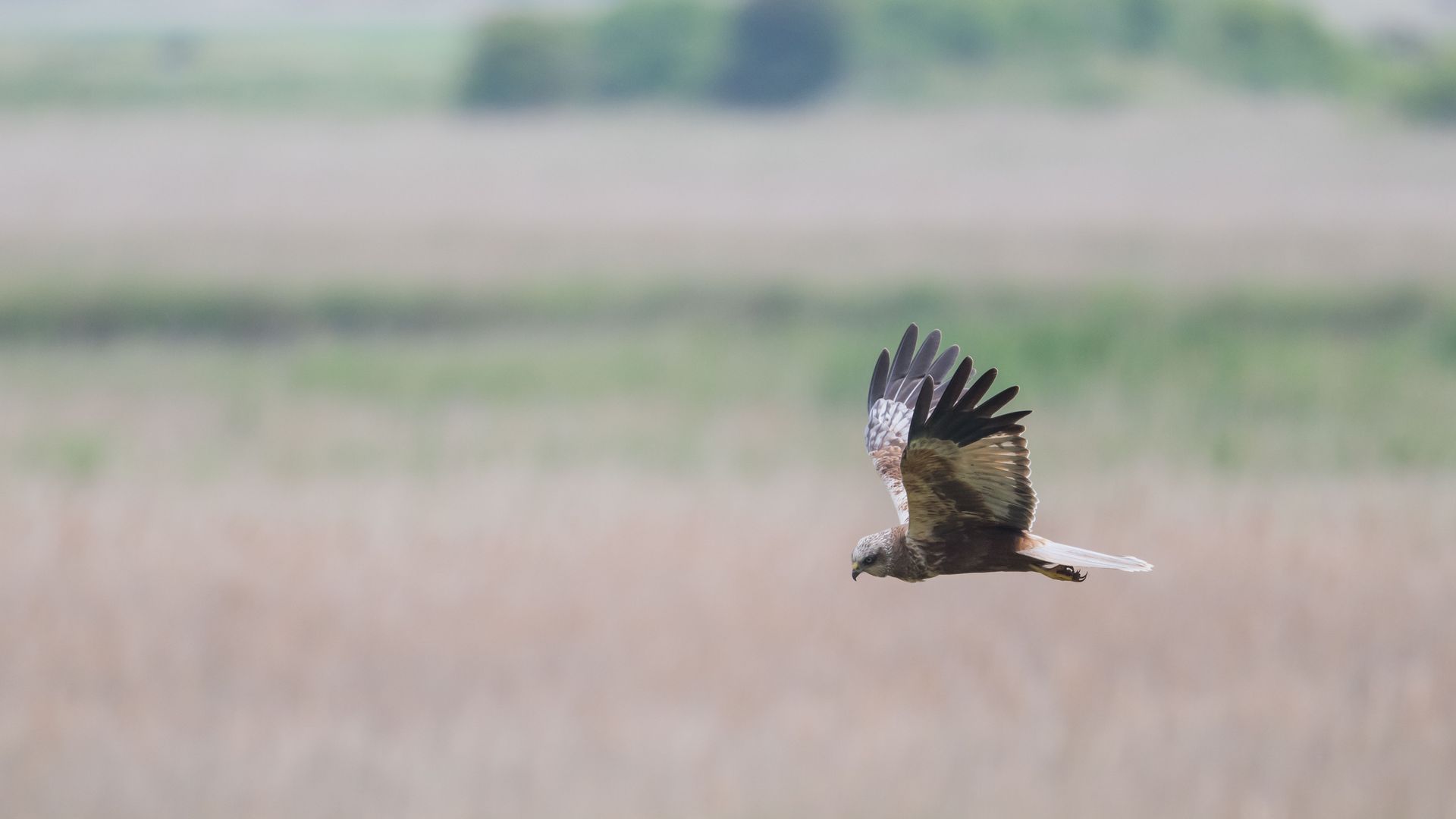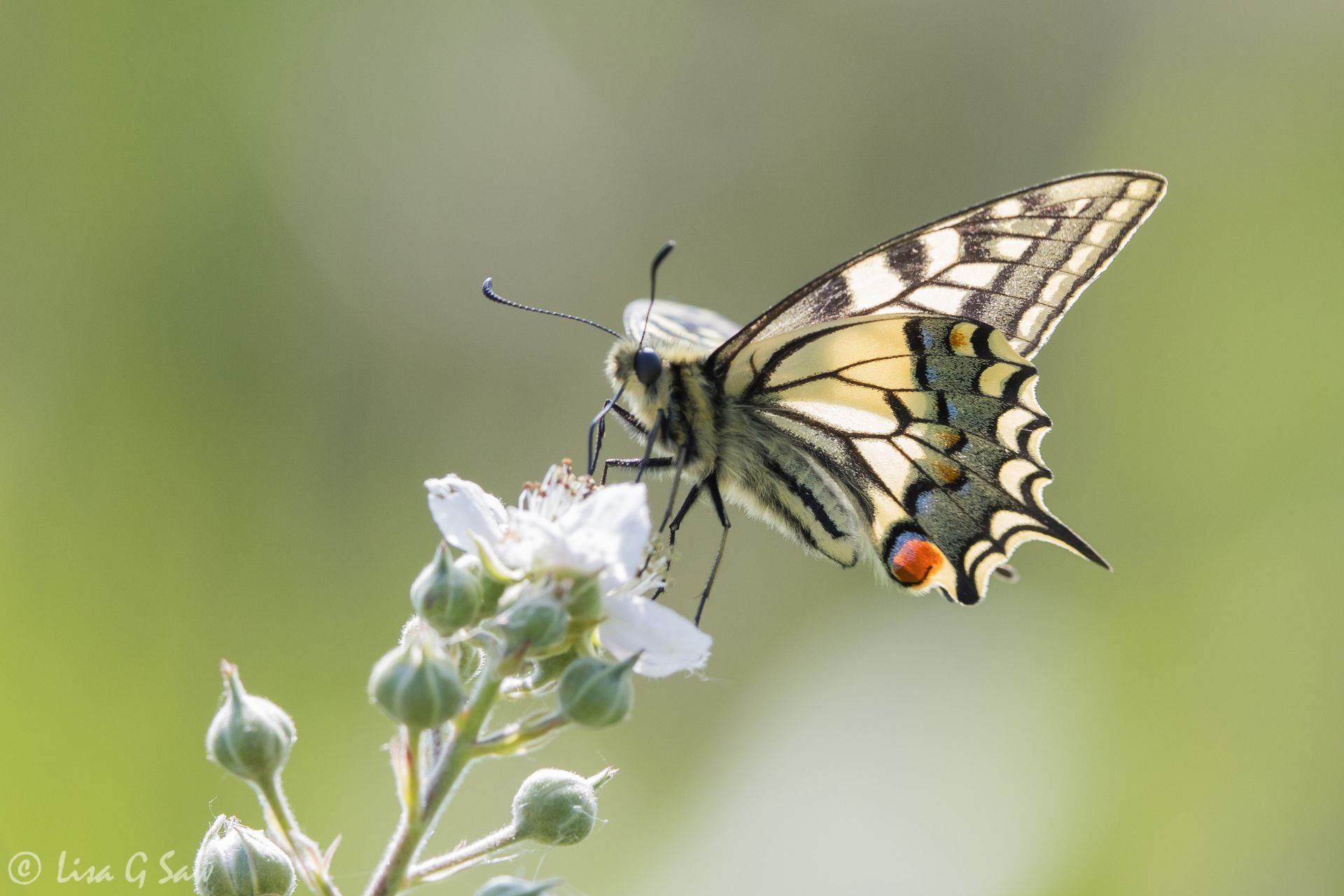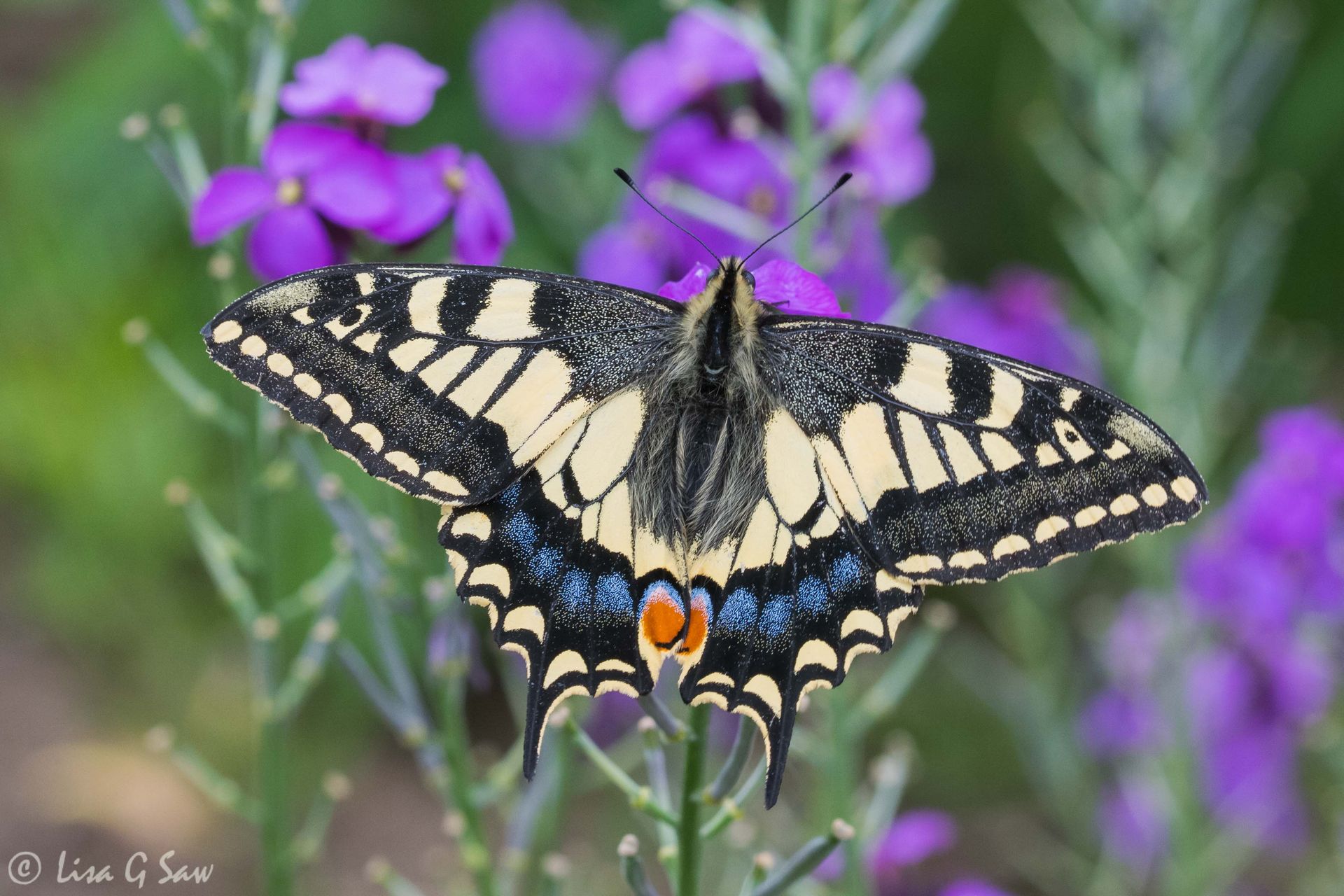Graylings On The South Downs
A butterfly I'd never heard of before 2021
I first discovered the Grayling existed when watching a Sussex Wildlife Trust webinar on the Butterflies of Sussex. To be honest, it was just one of many butterflies that were completely new to me. As my interest has grown, I’ve started to see more of the different species out and about in the county. I’ve come to realise how important it is to support the work of Butterfly Conservation to help prevent the decline in numbers. After joining them, I received one of their newsletters and read an interesting article about the Grayling. They emerge in July and August, but there’s only one colony of them in Sussex. So, I kept the article and made a note in my diary to go looking for them in 2022.
Luckily for me, one of my friends, Bob Eade – a very knowledgeable butterfly enthusiast – knew exactly where to find them, so we arranged an outing. At least that way, if I couldn’t find them myself, he’d point me in the right direction. I didn’t want him to just take me to the location and show me. I wanted to enjoy the challenge of the search for myself.
We’d chosen a day in late July to head up the South Downs in East Sussex. Whilst it was overcast and windy, the forecast had suggested the sun would make an appearance later in the afternoon. I was optimistic, even if they’d underestimated how strong the winds were up on the hills. Eagerly, we set off up the chalky path of the South Downs Way.
My hope is not only that more people start to love, value and appreciate what we have, but also do something about it, in whatever way possible – sharing that love of nature, spreading the word, speaking out about the concern to those in power, signing petitions, and donating time or money to local and national groups and charities. These warnings of serious change help to remind us we need to take action. We can still turn things around. There is every reason to be positive because collectively we have the power to do so much, if we choose to.
I choose to remain hopeful!



